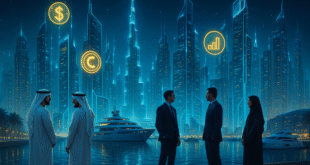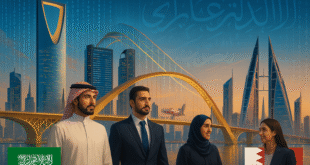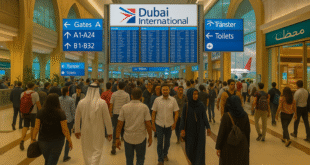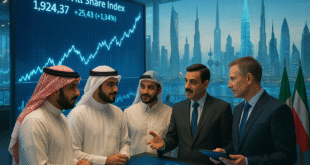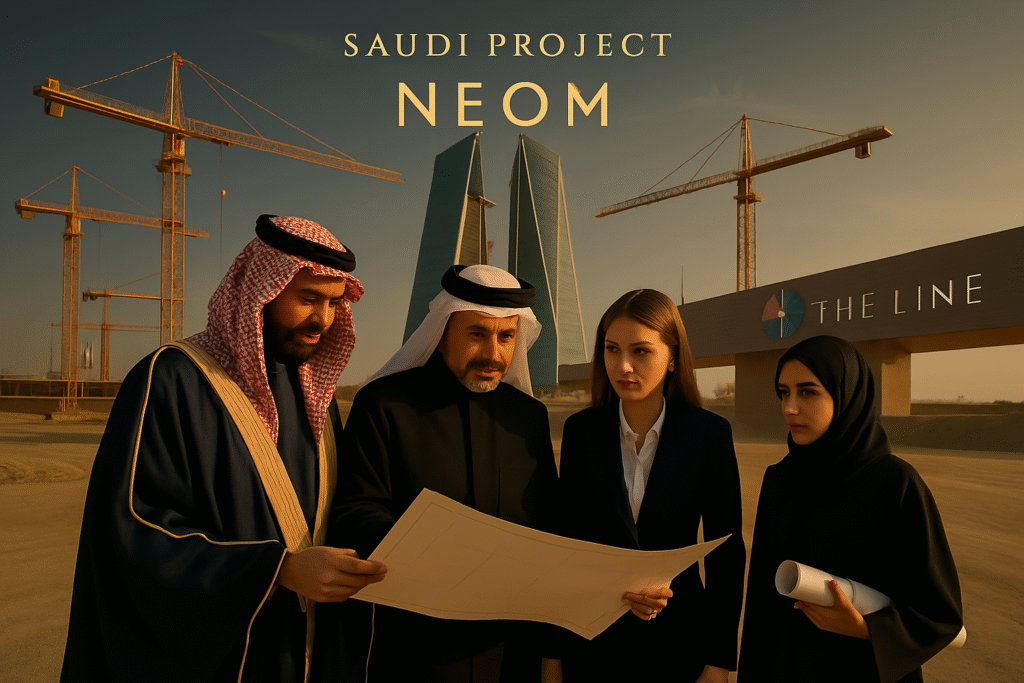
Table of Contents
NEOM The Line project is a futuristic, zero-carbon city in Saudi Arabia’s Tabuk Province, part of the NEOM megacity under Vision 2030. Stretching 170 km, it plans to house 9 million people in a mirrored skyscraper just 200 meters wide, where everything is within a five-minute walk and no cars are needed. The project aims to revolutionize urban living with advanced technology and sustainability. However, rising costs and delays have led Saudi Arabia to review its feasibility and timeline.
The NEOM The Line project has captured global attention for its audacity—and now, for its staggering $9 trillion price tag and strategic reset. As Saudi Arabia reassesses its crown jewel, pressure mounts across the Gulf to balance vision with fiscal reality. What went wrong, and what does it mean for the region’s future? This blog reveals the unfolding story behind The NEOM The Line project ambitions, risks, and ripple effects.
Context & Background: A Desert Dream with Global Stakes
Unveiled in 2017, the NEOM The Line project was positioned as the bold centerpiece of Saudi Arabia’s Vision 2030. The plan: forge a 170-kilometer city in the heart of the desert—car-free, carbon-neutral, powered by AI and renewables, and home to up to 1.5 million people by 2030. The Line would redefine urban life, rivaling achievements like the Egyptian pyramids and aiming to cement Saudi Arabia’s place among the world’s most innovative nations.
But NEOM The Line project was never just a Saudi story. Its outsized ambition was intended to attract global investment, technical talent, and a modern narrative for the entire Gulf, including the UAE, Qatar, and Kuwait. Yet the project now faces daunting financial and engineering headwinds, threatening timelines and the underlying Gulf-wide dreams.
Main Updates / Core Insights: Surging Costs and Sobering Reviews
A recent flurry of internal audits and global headlines now suggest the NEOM The Line project is suffering from massive, possibly unmanageable, cost overruns:
- Budget Explodes: What began as a $500 billion estimate has mushroomed to nearly $9 trillion—over 25 times Saudi Arabia’s entire annual budget and enough to fund multiple world megaprojects.
- Delays and Scope Reduction: Reports indicate The NEOM The Line project may require over 50 years to complete, far beyond the initial 2030–2045 timeframe. The goal to build 16 kilometers of The Line by 2030 has been cut to a mere 2.4 kilometers, with only a half-mile section (including a stadium) likely to open by 2034.
- Causes of Overruns: Internal audits and reporting uncovered “evidence of deliberate manipulation” by project executives—unrealistically optimistic assumptions, inflated revenue forecasts, and a lack of transparent oversight due to pressures to justify surging costs. Major consulting firms, notably McKinsey & Co., have faced scrutiny for earning over $130 million annually while advising both the planning and subsequent review processes.
- Strategic Reset: This spring, the Saudi government initiated a broad review of The Line’s feasibility amid a wider liquidity crunch. Active construction workers have been reduced by 35% since April 2025, large swathes of development have been paused, and over 1,000 employees were relocated offsite—losing bonuses and benefits.
- Technical and Operational Headwinds: The vision’s architectural marvel—a pair of mirrored skyscrapers, stretching for miles at 500 meters high—has proven nearly impossible to execute at scale. Construction and material costs, alongside logistical hurdles, forced leadership to contemplate reducing The Line’s height (which Crown Prince Mohammed bin Salman reportedly rejected), sparking further engineering challenges.
Regional Impact: Gulf Megaprojects on Watch
The unfolding drama of the NEOM The Line project sends shockwaves across the Gulf:
- Saudi Arabia: As the project’s viability is questioned, investor sentiment shifts. Other Vision 2030 initiatives face stricter scrutiny and potential cutbacks, with policymakers scrambling to maintain fiscal stability and credibility. The anticipated “spillover” of economic benefits—new jobs, technology transfer, and tourism—is now uncertain, especially as layoffs and slowdowns undermine near-term momentum.
- UAE & Neighbor’s: Dubai, Abu Dhabi, and Doha all compete for talent and capital attracted by Gulf megaprojects. Any suggestion that NEOM The Line project is unfeasible places pressure on these cities to stress-test their own futuristic urban expansions. At the same time, NEOM’s pause might open new doors, as international consultants and technical experts seek alternative opportunities across the region.
- Broader Gulf Infrastructure: Countries like Oman and Bahrain watch closely, recalibrating the scope and timelines for their own giga-projects. As Saudi Arabia recalibrates, the ‘race’ for Gulf innovation becomes more about sustainable execution than marquee announcements.
Explore more in our related story on [Gulf urban transformation] and recent [Vision 2030 project updates] at The Credible Story.
Conclusion: The Future of NEOM—And the Gulf’s Big Bets
The NEOM The Line project is at a tipping point. A $9 trillion budget surge has forced a reality check, reshaping not only Saudi Arabia’s ambitions but those of the wider Gulf. While The Line still symbolizes groundbreaking aspiration, real success will depend on discipline, transparency, and innovation—lessons every Gulf nation must now heed. Will NEOM adapt and inspire, or stand as a monument to unchecked ambition? The coming months will be decisive.
Authoritative External Sources:
- [“Saudi Arabia’s ‘The Line’ at NEOM is reviewed as it considers its megaprojects”]
- [ “Saudi megacity NEOM to cost almost $9 trillion, take over 50 years to build, internal audit warns”]
Internal Links (The Credible Story):
 The Credible Story Trending stories that keep you hooked
The Credible Story Trending stories that keep you hooked

